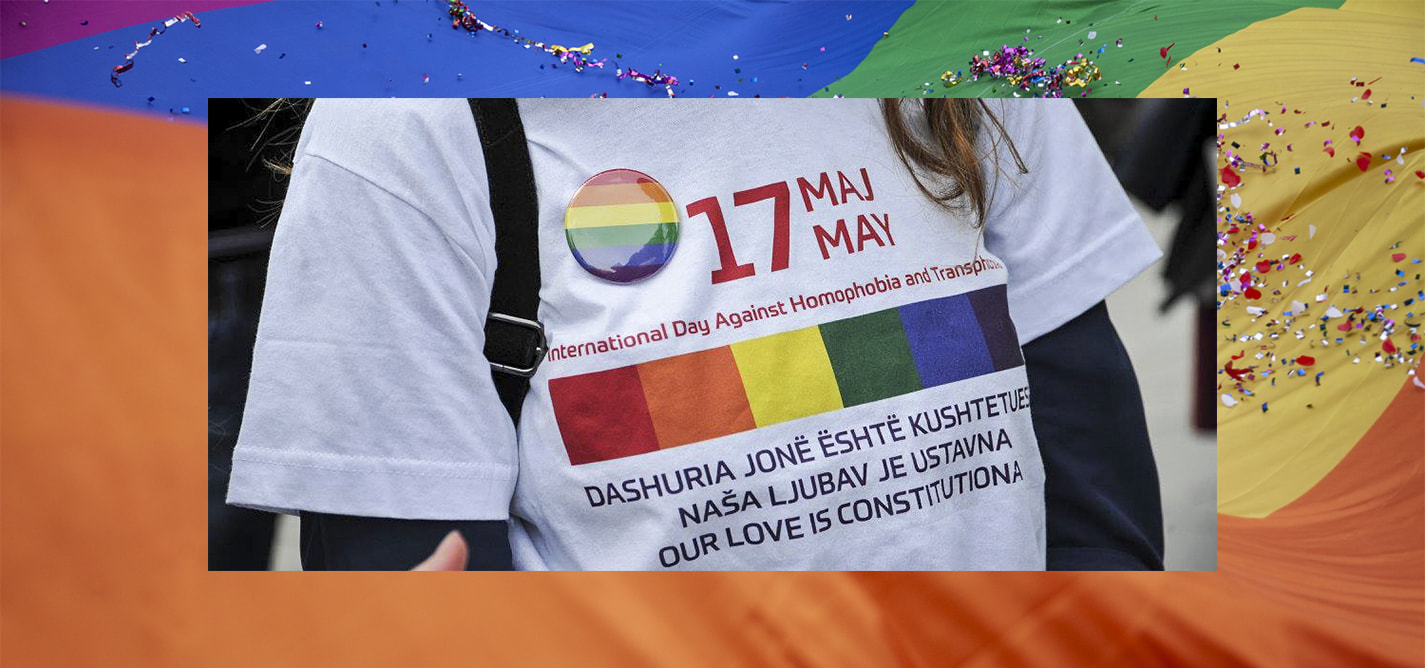
How IDAHOBIT came to Kosovo
The day celebrates the achievements of LGBTQ+ people.
|17.05.2020
|

Dafina Halili
Dafina Halili is a senior journalist at K2.0, covering mainly human rights and social justice issues. Dafina has a master’s degree in diversity and the media from the University of Westminster in London, U.K..
This story was originally written in English.